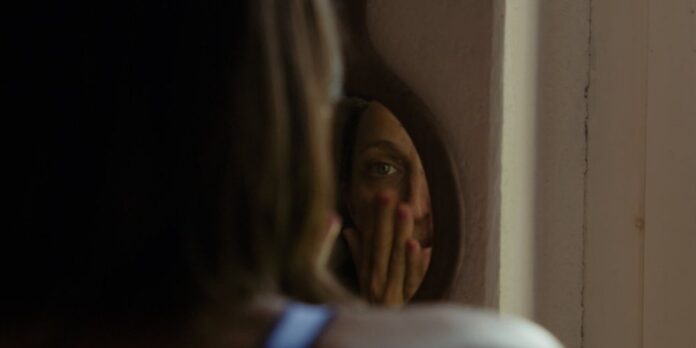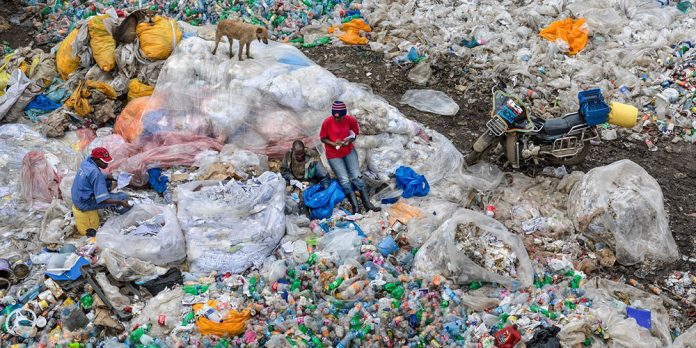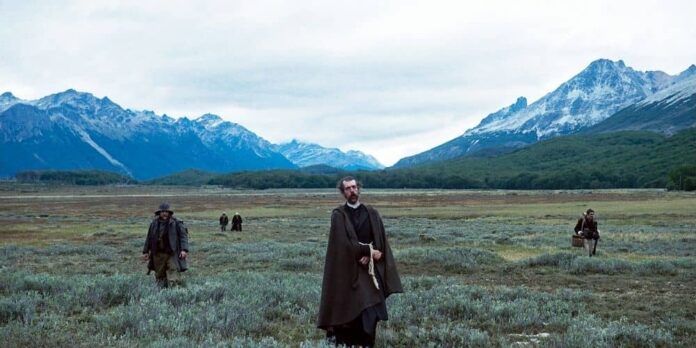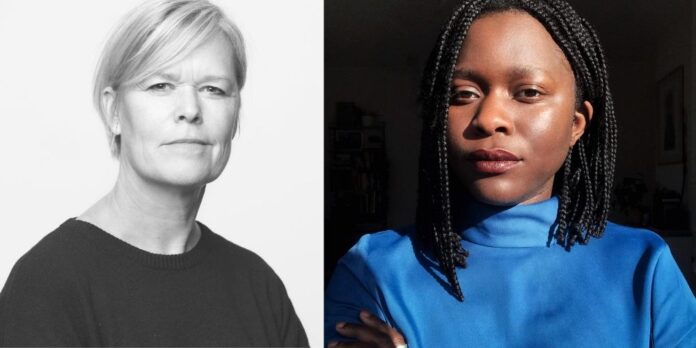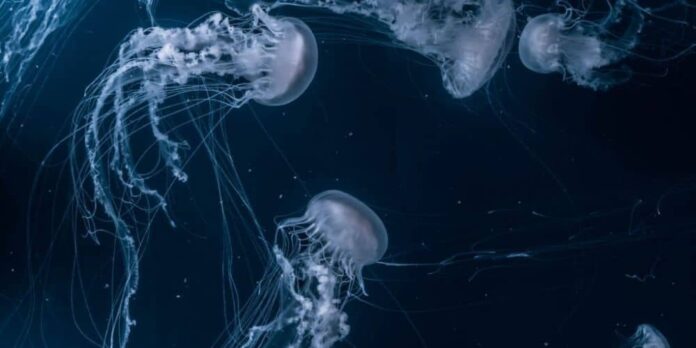Russian mass media manipulation tactics or modern marketing techniques ride the emergence and consolidation of collective intelligence applications.
Today it is undeniable that elections are won through social media. This is clearly stated by victories of people like far-right President Jair Bolsonaro in Brazil, who won with a fringe party thanks to an obscure manipulation strategy via WhatsApp. And thus further establishing a new tool for large-scale political manipulation.
Before Brazil, Donald Trump used Cambridge Analytica’s psychographic profiling dataset to manipulate the elections. To find those 2 to 5 million profiles per state that were likely to change their mind -that 1% that tipped the scale in his favour- Cambridge Analytica bought hundreds of databases, including Alexandr Kogan’s dataset. That purchase led to uncovering a personal data transaction scandal that has been abundantly reported and discussed. However, the actual significance of this transaction is that if Cambridge Analytica had hired Kogan instead of buying his dataset, the scandal would not have occurred. The transaction would have been legal. And that is one of the multiple and chilling reflections that Marta Peirano proposes. The point is, as Alexandr Kogan confessed in his public apology:
«I think that the core idea we had -that everybody knows and nobody cares- was wrong. For that, I am sincerely sorry.» Everybody knows the world of data, but this is not common knowledge to the common man. The level of manipulation that social networks exert on common people is mind-shattering.
Before Brazil, Donald Trump used Cambridge Analytica’s psychographic profiling dataset to manipulate the elections.
In 2016, in front of a mosque in Houston, Texas, two groups of antagonistic protesters rallied and barely came to blows had there not been an effective police presence. On one side, congregated by Heart of Texas, a hundred people with confederate flags and armed to the teeth, defending a secessionist and racist FB page with 4 million followers positioned against the «Islamization of Texas». On the other side, the United Muslims of America page summons another hundred people with flags against racism and a soap bubble machine.
The anecdote wouldn’t go any further if it weren’t for the fact that the same person created both pages. A member of the Internet Research Agency, a Russian group with a bot system and $200 in advertising, had called both concentrations simultaneously from the other side of the world.
The Internet Research Agency, known as the Russian «Troll Farm», managed to create and confront half a thousand groups of different political affiliations, including Blacktivists, Secured Borders, or LGBT United. These groups gathered vast amounts of interactions and were very active.
Invasion of privacy
Marta Peirano is a journalist and writer with a remarkable career, specialized in information technology, co-founder of CopyFight, Hacks / Hackers Berlin, and Cryptoparty Berlin; she has written extensively about data privacy. Since the publication of the Little Red Book of the Online Activist, Peirano has made herself a place in technological journalism with activist commitment. She analyses and decodes the whirlwind of profound changes that the information society has been riding since the bursting of the dotcom bubble in an accessible yet detailed and inquiring style, faithful and in-depth. Through her work in various publications, she has taken care to insistently point out the many problems we face with the invasion of privacy at the centre of her research.
In the Little Red Book of the Online Activist, the foreword by Edward Snowden already indicates what is to be Peirano’s spearhead:
The ability to understand the world depends on the unauthorized and unsupervised exchanges of investigative journalists and their sources. The persistent surveillance of investigative journalism undermines basic freedoms. However, journalists are not experts in security or cryptography.
#Bradley Manning#, Julian Assange or Edward Snowden are the tip of the iceberg of a large movement of journalists, whistleblowers, online activists and all kinds of ordinary citizens facing extraordinary situations. In this same league, Peirano invites us to understand the complex ramifications of fascism mutating on the back of this apocalyptic chariot pulled by fake news, attacks on privacy, mass surveillance, and democracies in liquidation process.
What is the original sin? The INTERNET problem.
The ability to understand the world depends on the unauthorized and unsupervised exchanges of investigative journalists and their sources.
Centralization
Back in the 70s, several laboratories and universities approached the task of interconnecting computers in a simple way around the world. But the severe issues they faced were no hardware or software but politics. In Europe, telecommunications were tightly controlled and centralized state monopolies governed by the logic of strategic infrastructures.
Meanwhile, scientists who operated these laboratories were more in sync with Thomas Khun’s The Structure of Scientific Revolutions. In the spirit of interdisciplinary work and the conviction that extraordinary leaps in science occur by interconnecting different areas and talents, the general opinion among the forefathers of the INTERNET was that it could not be a monopolistic endeavour. Not benefiting one type of information over another, the network had to allow indiscriminate and non-centralized exchange. It had to be designed to be fascism-proof, and it had to be unaffected by political changes.
At that time, there were already monopoly-type networks that operated at the national level, such as Minitel by the French PTT, a style of teletext that had terminals without computational capacity and gave a centralized service from the post and telegraph offices. It even had an external application platform called Kiosk, no different from Google Play or Apple Store.
The battle between these divergent positions underlined the birth of TCP / IP. On the institutional side, the OSI system was supposed to be the model to create the INTERNET, supported by large telecommunications companies, with government money and with the International Telephone and Telegraph Advisory Committee in favour.
But while Charles Bachman, president of the Committee at the time, was trying to put together a henhouse of tech conglomerates and ministries from Europe, North America, and Asia, the ARPA network adopted the internet protocol in 1983 in 1984, the ARPA military division separated from the INTERNET. By 1989 there were almost 200,000 computers connected to the INTERNET by TCP/IP, using UNIX in an eminently academic and scientific environment.
At this moment, the obvious becomes apparent, and the pendulum motion between decentralized, anarchic INTERNET, of freely accessible information like USENET, and its opposing system, that of the monopoly, mass surveillance, and centralization becomes a force to be concerned about.
With her extensive knowledge of the history of the INTERNET, Marta Peirano accompanies us on a disconcerting journey. From the birth of the technology to the first laws, treaties, and ideological motivations to the tectonic movements that these powerful ideas generate. And how decades later they affect the way the information society is organized and how it enters the economy of attention.
At this moment, the obvious becomes apparent, and the pendulum motion between decentralized, anarchic INTERNET, of freely accessible information like USENET, and its opposing system, that of the monopoly, mass surveillance, and centralization becomes a force to be concerned about.
Psychophysics
As Perianos tells us, four companies share the global flavour and odour industry. Sodas, soups, cosmetics, cars, dildos, paint, disinfectants, or candy. The flavourings are essential to transform one product into a completely different one. The millionaire formulas of flavours can give the perfect peach scent to a jelly bean made from pork knuckles. Their target is the brain. Aroma engineers operate on the mind with effects that can be truly devastating. They operate in conjunction with branding and marketing machinery that can make you believe that an industrial bun is a homemade muffin or that a chicken from an intensive farm has been raised outdoors eating wild grain.
Our brain is conditioned by evolutionary learning. Sweetness has always indicated the presence of carbohydrates, which are our primary source of energy and which are highly attractive. This evolutionary experience causes our brain to treat the consumption of candy as it treats sex or drugs, releasing dopamine. The problem appears when we can eat sugar at all times; the release of dopamine is excessive and suppresses normal function, which generates anxiety and nervousness, typical of the withdrawal syndrome. This syndrome leads us to consume more sugar to mitigate the effects, thus entering an addictive loop.
Industries of all kinds of markets have favoured the study of psychophysics to deepen the effectiveness of marketing and increase the sales of their products. Howard Moskowitz is a scientist in this branch of psychology. He studies the relationship between the magnitude of a physical stimulus and the intensity in which the subject perceives this stimulus. He is famous for having coined, in the early 1980s, the concept of «bliss point», the G-spot of the food industry. The right point of fat, salt, and sugar causes just the right dopamine secretion, enough to be pleasant but not saturate, generating an addictive cycle in the consumer. And giving birth to the junk food industry, leading cause to a painfully current paradox: a third of the North American population is obese and malnourished at the same time.
Our brain is conditioned by evolutionary learning.
Manipulating our willpower through colours, smells, flavours, words, music
The addictive process works on multiple levels. In its most voracious expression, it urges us to consume what we know we should not consume while making us feel guilty for our lack of containment. At the same time, we are bombarded by techniques exquisitely designed to manipulate our willpower through colours, smells, flavours, words, music. We will rather think that we are undisciplined instead of becoming aware that powerful and toxic industries maintain teams of highly motivated geniuses – with astronomical salaries, specialized in manipulating our stimuli to make us addicted to their products.
In the 1940s, a Harvard psychologist B. F. Skinner put a mouse in a box. In the box, there was a lever that, when operated, gave the mouse food. Dubbed Skinner’s Box, it demonstrates an addictive three-act, claim-action-reward drama. Skinner called it a continuous boost circuit. Continuing with his experiments, Skinner decided to vary the reward so that the lever did not always return food.
Contrary to what might appear, the «variable interval reinforcement» did not discourage the mouse but rather reinforced its addictive behaviour. The little mouse’s brain had integrated that pulling the lever gave pleasure, even if it did not return food. These same studies are on the table of engineers who develop the engagement applications that inhabit your cellphone.
Creating a repetitive and mechanical gesture that generates learning through a reward stimulus in dopamine, apps create addicts. If Skinner were alive today, he would work at Facebook.
Entering fully into the studies of psychology, psychophysics, marketing, manipulation of the unconscious, mass media, applications of collective intelligence, social networks, and the economy of attention, Marta Peirano manages to bring forth an essay that makes the hair on your neck stand on end. It’s a scary book, yet a necessary assertion on the world we live in today. It explains in detail the manipulation framework in which we are currently immersed and points to possible resistance from the INTERNET trenches.


